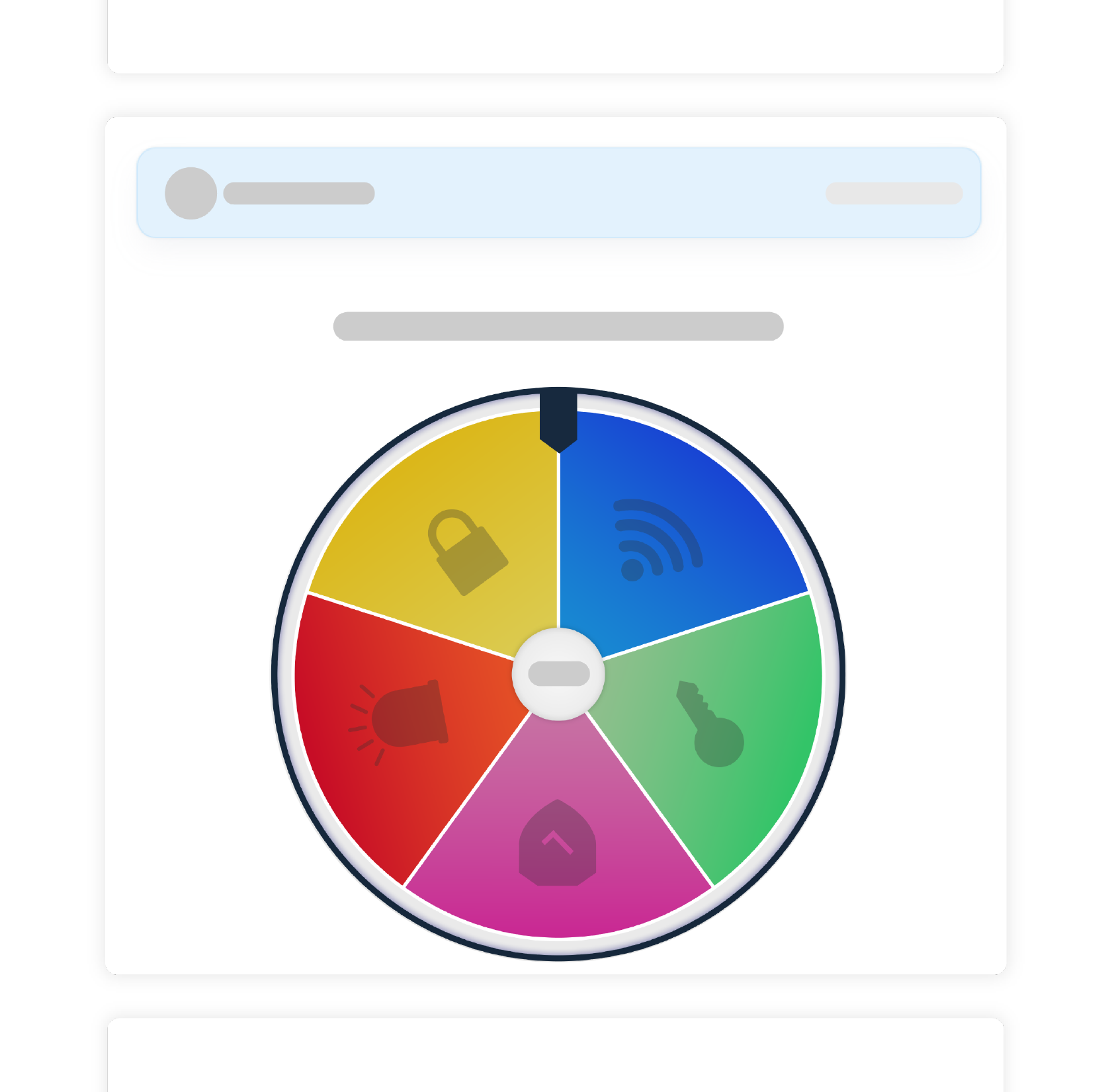Revolutionize your company's cybersecurity culture
Customization
Personalized cybersecurity culture for North America
Increases the culture of cybersecurity in your organization with our software focused on Latin America. We respect and keep our customs, our words, our worldview, our examples and our unique way of doing things.
Phishing
Train in phishing in an automatic and cyber-directed way
According to industry and country, we send automatically scheduled phishing campaigns to train your co-workers according to their providers, their brands of benefit, the tools and the e-mails of internal communication that are used indoors.
Courses
Custom cybersecurity learning platform
According to the National Institute of Standards and Technology (NIST)we create custom courses for your entire organization. We offer master classes from specialists in cyber security for technical staff and funny courses with professional actors for the staff being more reluctant to get trained in cybersecurity. All learn by playing.

New trends
Psychocybersecurity, Gamification and Neuroscience
Regulations
Quality standards of the industry
With Whalemate is achieved compliance and awareness of the following standards ISO 27001, ISO 9001, PCI, GDPR, Convention of Budapest on the Cyber-Crime and the Comprehensive inter-American Strategy to combat Threats to Cyber Security.
Queries
Custom
support 24/7
If you have any questions, requests or needs, we are always operational and open to any feedback or help we can do ㅤ.











